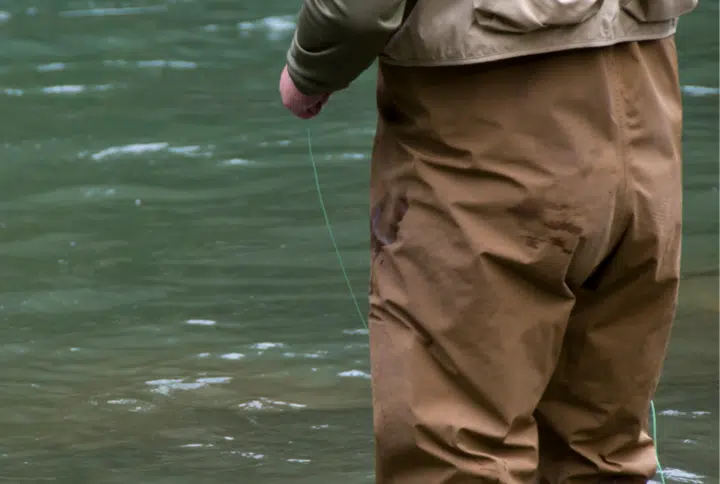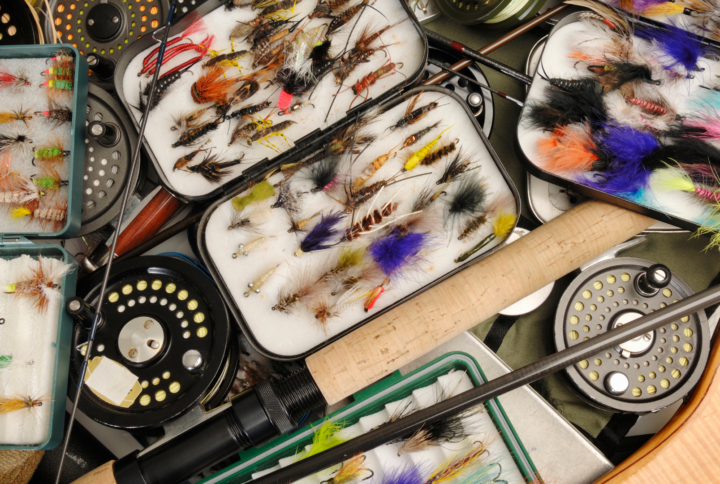Teton River - Anthony - Idaho
Fly Fishing River Report & Conditions
Teton River – Anthony - Water Flow Chart
Teton River – Anthony - Weather report & radar
Teton River – Anthony - General hatch chart
| Month | Hatch | Time of Day | Recommended Fly Sizes | Popular Fly Patterns |
|---|---|---|---|---|
| January | Midges | Afternoon | 18-22 | Griffith’s Gnat, Zebra Midge |
| Winter Stoneflies | Morning | 16-20 | Black Stonefly Nymph | |
| February | Midges | Afternoon | 18-22 | Griffith’s Gnat, Zebra Midge |
| Winter Stoneflies | Morning | 16-20 | Black Stonefly Nymph | |
| March | Midges | Afternoon | 18-22 | Griffith’s Gnat, Zebra Midge |
| Blue Winged Olives | Afternoon | 18-20 | BWO Emerger | |
| April | Midges | Afternoon | 18-22 | Black Beauty |
| Blue Winged Olives | Afternoon | 18-20 | BWO Dry Fly | |
| May | Caddis | Evening | 14-16 | Elk Hair Caddis |
| Blue Winged Olives | Afternoon | 18-20 | BWO Dry Fly | |
| June | Caddis | Evening | 14-16 | Elk Hair Caddis |
| Pale Morning Duns | Morning | 16-20 | PMD Spinner | |
| Stoneflies | All Day | 8-10 | Yellow Sally | |
| July | Pale Morning Duns | Morning | 16-18 | PMD Dry Fly |
| Caddis | Evening | 14-16 | Elk Hair Caddis | |
| August | Hoppers | All Day | 6-10 | Hopper Patterns |
| Caddis | Evening | 14-16 | Elk Hair Caddis | |
| September | Hoppers | All Day | 6-10 | Hopper Patterns |
| Blue Winged Olives | Afternoon | 18-22 | BWO Dry Fly | |
| October | Blue Winged Olives | Afternoon | 18-22 | BWO Dry Fly |
| Ohiopyle Stoneflies | All Day | 14-16 | Black Stimulator | |
| November | Midges | Afternoon | 18-22 | Griffith’s Gnat, Zebra Midge |
| Ohiopyle Stoneflies | All Day | 14-16 | Black Stimulator | |
| December | Midges | Afternoon | 18-22 | Griffith’s Gnat, Zebra Midge |
| Winter Stoneflies | Morning | 16-20 | Black Stonefly Nymph |
Teton River – Anthony Access Points
All fly-fishing enthusiasts will love the Teton River in Anthony for its excellent fishing spots. Here are some of the best access points:
- Rainey Bridge: Situated near the town of Driggs, this is a popular starting point for drift boat trips.
- Bates Bridge: Located near Bates, it offers easy access to wade in fishing spots.
- Felt Bridge: It’s a popular location for float trips in the lower Teton River.
- Cedron Bridge: Enjoy fly-fishing from a drift boat or along the beach riverbanks.
- Hwy 32 Bridge: This access point near Ashton offers fly fishing enthusiasts outstanding opportunities.
The Teton River offers fantastic cutthroat trout fishing as well as occasional opportunities for rainbow and brook trout. These access points provide a variety of unique fishing experiences on the river.
Teton River – Anthony Fishing Spots
The Teton River in Anthony offers some of the most spectacular fly fishing spots. Given the charming surrounding scenery, fly fishers can enjoy not only the activity but also serene environment.
- Canyon Reach: Here, the river can move faster, creating ideal conditions for whitefish and fine-spotted cutthroat trout.
- Teton Valley Section: This section of the river is perfect for streamer fishing. Fishers can typically find rainbow and cutthroat trout in this section.
- Felt to Notch Bridge: This section is slower and deeper. It’s perfect for finding rainbow trout, cutthroat trout, and whitefish.
- Anthony Army Worm Section: One of the locals’ favorite spots. Best for cutthroat trout.
- Notch Bridge to South Leigh Bridge: This section is a mixture of slow and fast waters. Ideal for catching all species of trout.
Note: Remember to get your fishing license and check local regulations before you go.
Teton River – Anthony Local Fish Species
- Brook Trout: This fish is small but vibrant, and a classic target of fly anglers on the Teton River.
- Rainbow Trout: These fast-growing and acrobatic fish are known for their aggressive bite and are greatly sought after for sport fishing.
- Brown Trout: Found throughout the Teton River, these tricky targets are known for their elusive behaviour.
- Cutthroat Trout: A very popular game fish, these elegant species make the Teton River a must-visit spot for many anglers.
- Mountain Whitefish: Generally found in the colder, upstream parts of Teton River, these fish are often targeted for their difficulty to bait.
- Yellowstone Cutthroat Trout: A unique variant of cutthroat trout, found specifically in the regions surrounding the Teton River.
- Snake River Fine-Spotted Cutthroat: Another variety of Cutthroat trout found in the Teton River, this fish species is desired amongst fly anglers for their aggressive nature.
- Golden Trout: This visually striking species is a prized catch amongst fly fishers. Though not as easily found as other species, their presence in the Teton River is well-documented.
About the Teton River – Anthony
The Teton River is a splendorous natural gem whose history is as dynamic as the river itself. Originating in the lush Idaho countryside, it flows for 81.3 miles before it intertwines with the Henrys Fork River. This gorgeous body of water has its daring tales of exploration, and of course, the settlers who made this region their home.
The Teton River was followed by early settlers, both for the rich fishing that it offers and as a means of travel to span across Idaho’s terrain. In the early 19th century, it was also traversed by fur trappers keen on trading luxuries. Its history enjoys a rich tale of life and adaptability, with extensive change through the years.
- The region witnessed the Teton Dam disaster in 1976, a catastrophe that caused substantial devastation, thus becoming an important aspect of Teton’s historical narrative.
- To this day, the Teton River remains an abundant source of fish and has a thriving ecosystem, which testifies to the resilience of nature.
With its serene setting, the Teton River signifies both tranquility and the passage of time through its coursing movement. It’s a significant historical and geographical foundation of Idaho’s landscape.
Community Contributions
Be part of the fishing community!
No updates submitted for this river.



